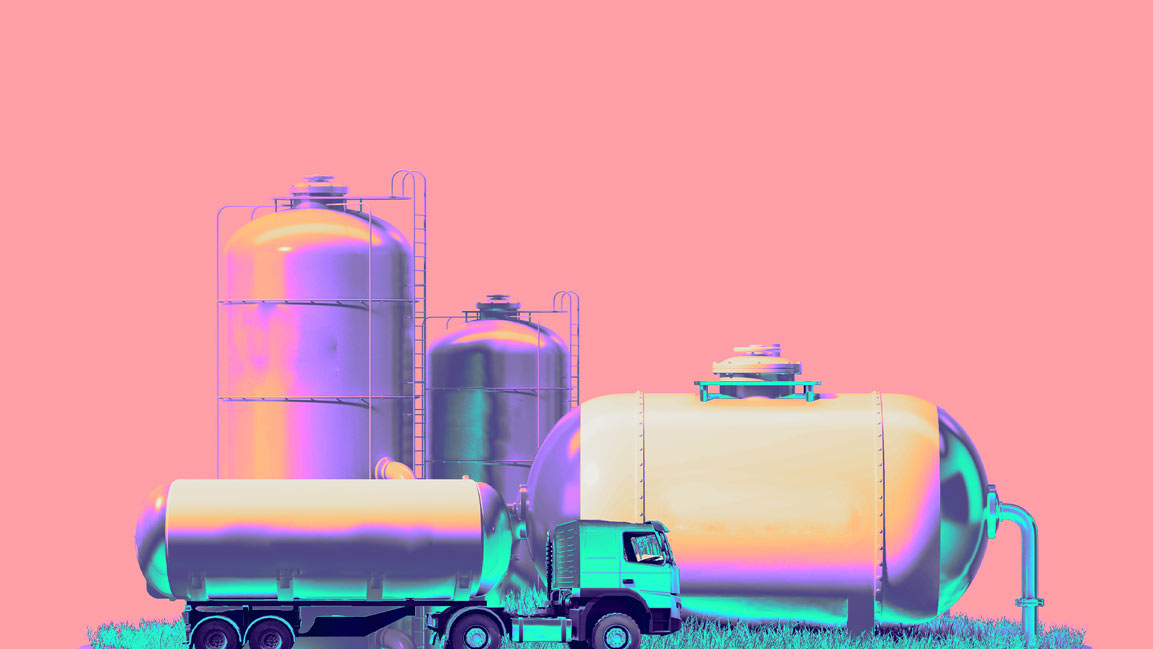- | 12:00 pm
Oman’s northwest region holds significant green hydrogen potential
New research aims to evaluate green hydrogen feasibility in the northwest, attract investments, and advance Oman's green hydrogen goals.

Researchers at Sultan Qaboos University (SQU) have discovered promising possibilities for green hydrogen development in Oman’s northwest region, an area previously overlooked in official plans.
The research aims to assess the technical and economic feasibility of green hydrogen production in the northwest, attract green investments, and advance Oman’s green hydrogen ambitions.
Their study, titled “The Techno-Economic Assessment of Green Hydrogen Production in Unexploited Landlocked Northern-Western Region of Oman to Realize the National Sustainable Strategy,” pinpoints five locations with significant potential for green hydrogen investment: Bahla, Fahud, Ibri, Jibal, and Sunaynah.
The research team, led by Noman Raza Sial, Hilal al Abri, and colleagues from SQU’s Sustainable Energy Research Center (SERC) and College of Engineering, received funding from local energy firm Daleel Petroleum. Their work marks the first-ever assessment of green hydrogen production feasibility in Oman’s northwest.
Currently, Oman’s green hydrogen strategy, led by Hydrom, primarily targets a vast 50,000 km2 area concentrated in the central and southern regions. However, less than 5% of this area has been allocated to developers through auctions.
The SQU team conducted a thorough evaluation of five locations in northwest Oman, assessing their renewable energy potential, land availability, and proximity to potential consumers. Their techno-economic assessment, which included sensitivity analysis, examined the economic viability and key factors influencing these systems.
The levelized cost of hydrogen (LCOH), a crucial metric for green hydrogen projects, was compared against benchmarks set by international organizations like the IEA and IRENA.
The study also investigated the performance of solar, wind, and hybrid renewable energy systems at each site, the cost of supplying ultrapure water for electrolysis, and suitable electrolyzer technologies.
Their findings revealed that Bahla, while ideal for solar due to its consistently hot and dry climate, has lower wind potential, requiring a larger wind farm compared to other locations. Fahud and Jibal, on the other hand, boasted the highest wind potential.
This breakthrough aligns closely with Oman’s Vision 2040 goals for energy transition and the National Net-Zero Strategy. Moreover, it contributes to advancing the UN’s Sustainable Development Goals (SDGs), particularly SDG 7 on affordable and clean energy, and SDG 12 on responsible consumption and production.































